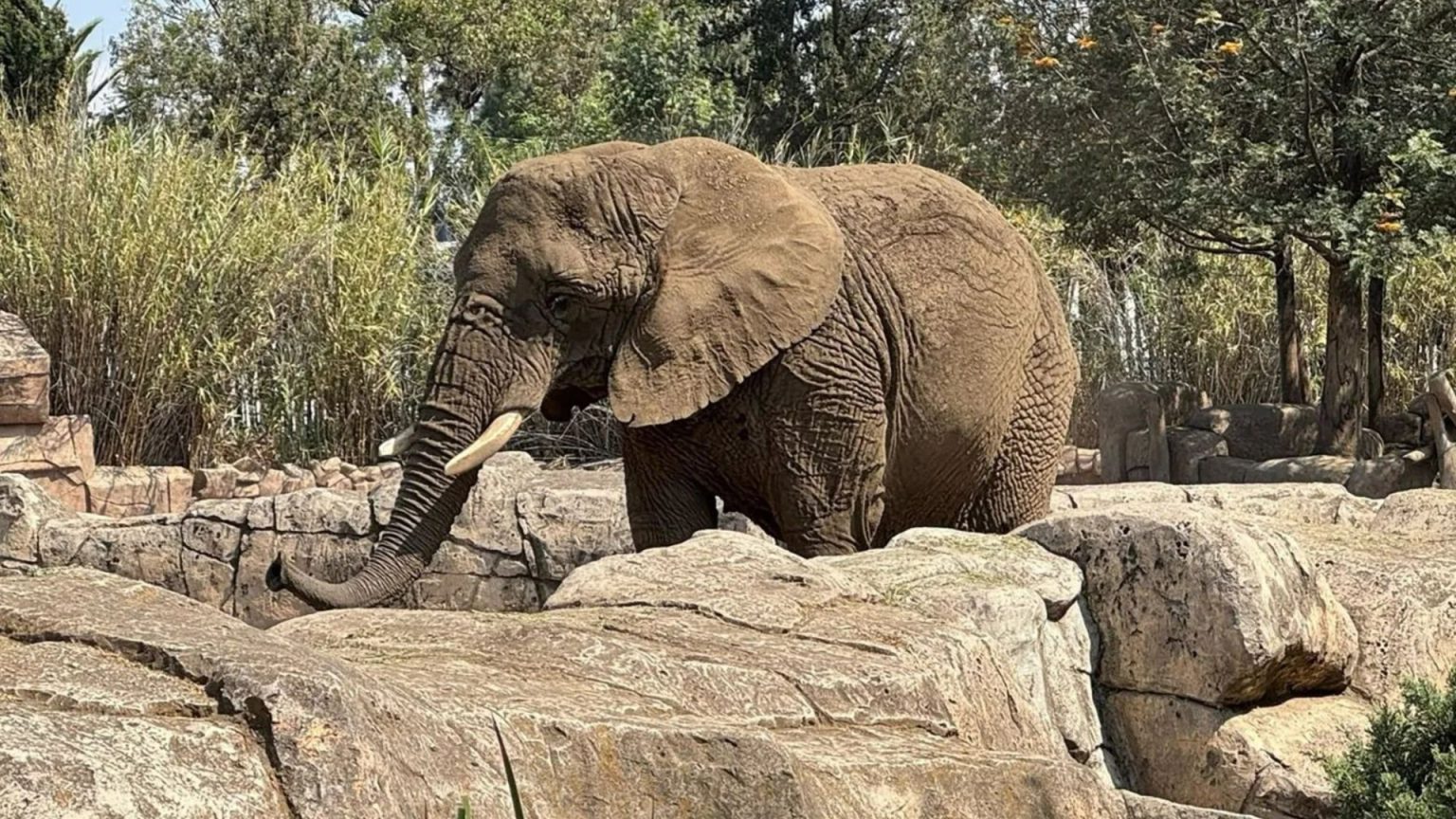The World’s Saddest Elephant: Ely’s Story of Suffering and Hope
The story of Ely, a 43 to 45-year-old elephant living in captivity at the San Juan de Aragon Zoo in Mexico City, has captured the hearts of animal rights advocates and the general public alike. Dubbed "the world’s saddest elephant," Ely’s life has been marked by profound suffering, isolation, and neglect. For over a decade, she has been confined to a zoo enclosure, enduring physical and emotional pain that has left her depressed and alone. Her tragic story began when she was rescued from a circus, only to spiral into a life of misery after the death of her partner, Maggie, in 2016. Ely’s struggles have sparked a wave of activism, leading to a landmark court ruling that could change the course of her life and set a precedent for animal rights in Mexico.
A Life of Hardship and Isolation
Ely’s journey into captivity began in 2012 when she was moved to the San Juan de Aragon Zoo. At the time, she was already dealing with a crippled right leg, a condition that made movement difficult, and she was malnourished from her time in the circus. Despite her challenging start, the zoo initially provided some hope for a better life. However, the death of her partner, Maggie, in 2016 marked the beginning of a deep decline in Ely’s mental and physical health. Without companionship, Ely became withdrawn and isolated, a state exacerbated by the bleak conditions of her enclosure. Over the years, she has been observed ramming her head into the walls of her enclosure, a heartbreaking sign of her despair and frustration.
The Fight for Ely’s Well-being
The plight of Ely has not gone unnoticed. Animal rights activists, led by Diana Valencia, founder of the organization Opening Cages and Opening Minds, have been instrumental in bringing attention to her case. Valencia was deeply moved by Ely’s condition, stating that it "tore her soul." She made a promise to Ely to fight for her freedom and well-being, sparking a widespread campaign to save the elephant. The efforts of these advocates have led to significant progress, including public pressure that prompted the zoo to introduce two more elephants to Ely’s enclosure between 2023 and 2024. However, Valencia and others argue that this is not enough, and they continue to push for Ely’s relocation to a sanctuary in Brazil or the United States, where she can live in a more natural and supportive environment.
A Landmark Court Ruling
In a historic move, Mexico’s Supreme Court recently ruled in favor of Ely, ordering the zoo to take immediate steps to improve her health and living conditions. This marks the first time the country’s highest court has intervened on behalf of an animal, setting a precedent for future cases. The court mandated “constant improvement” of Ely’s physical and mental well-being, a decision that has been welcomed by animal rights groups. While the zoo has claimed that Ely’s conditions have already been enhanced, activists argue that these improvements were only made after sustained public pressure. The ruling has been hailed as a significant step forward for animal rights in Mexico, with lawyer Sergio Méndez Silva noting that it could mark a “before and after” moment for the treatment of animals in the country.
The Zoo’s Response and the Ongoing Debate
The San Juan de Aragon Zoo has stated its commitment to complying with the court’s ruling, with director and veterinarian Gabriela Uribe Acosta emphasizing that the zoo will do everything necessary to ensure Ely’s health and well-being. According to Acosta, a team of six staff members is dedicated to cleaning Ely’s 78,000-square-foot enclosure, while another six focus on her health. However, Acosta has denied claims that Ely is depressed, asserting that her condition has stabilized since the introduction of two new elephants to her enclosure. She points to Ely’s newfound vocalizations as evidence of her improvement. While these claims are contested by activists, who argue that captivity inherently harms elephants, the zoo maintains that it is providing adequate care.
The Future of Ely and the Broader Implications
As the fight for Ely’s freedom continues, her story has become a symbol of the broader debate over animals in captivity. For Diana Valencia and other advocates, the ultimate goal is to relocate Ely and the two other elephants at the zoo to a sanctuary, where they can roam freely and live in a more natural environment. Valencia has vowed to keep fighting, stating, “An elephant can’t live in captivity; it hurts them mentally. They are one of the animals that most suffer in captivity.” The Supreme Court’s ruling has given new hope to these efforts, but the journey ahead is long. Ely’s story serves as a poignant reminder of the emotional depth and resilience of animals, as well as the urgent need for compassion and action in their behalf. As the world watches, Ely’s fate remains a testament to the power of advocacy and the enduring hope for a better life.


